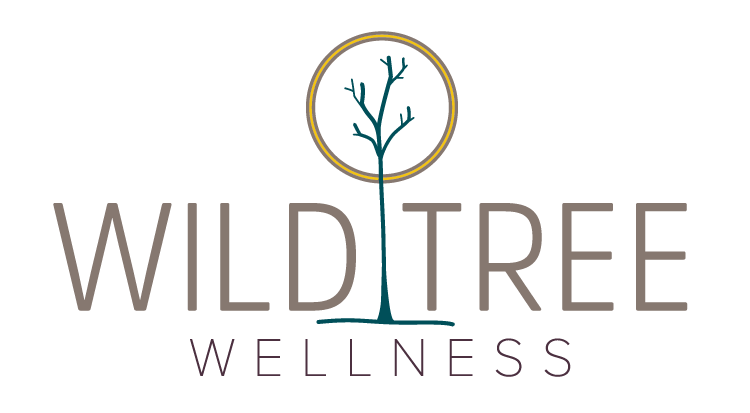The Power of Visualization
One thing I love about therapy is that topics and concepts discussed in session continue to be processed, thought about, worked on and utilized outside the office. One therapeutic intervention I often use in session and that I recommend to many of clients to use outside of session is visualization. Using our brains to help create change in our minds can be incredibly beneficial. If you have ever been an athlete or a musician this is a technique with which I’m sure you’re familiar.
Brain studies have shown our cognitions can create similar mental directives as our behaviors. That is amazing! They have also found that using visualization can impact things such as perception, memory, attention (a big part of mindfulness!) and even motor control. So when we engage in intentional imagery, we are preparing our brains and our bodies for change. One of my favorites uses of visualization to help regulate ones body is to decrease emotional distress.
The next time you are feeling distressed, close your eyes, take in a nice controlled cleansing breath and exhale while focusing on where you are holding your tension. Imagine the air going in your body and going to those places of tension. Give the cleansing, soothing air a color, texture or any characteristic that will help it stand out from your regular breathing. Take note of your heart rate. Imagine your heart rate slowing down (our heart rate is typically slightly or highly elevated when distressed), picture your heart beating slower and at a more relaxed pace. When thinking about the details of this exercise you are not only able to change the physiology of your body, you are also able to perhaps be distracted, even if momentarily, from your distressing thoughts. Once you have allowed yourself to really tune into your body for a few moments or rounds of breathing, notice how you are feeling. How do you see yourself using visualization to help your mental health and well being?
One last thing, don’t forget that when trying new skills, use them on a regular basis when you are not distressed. That way when you are having a difficult time you are able to access them in a more timely and efficient manner.
Written by Sonja Kromroy, MA, LPC
Photo credit: pexels.com
